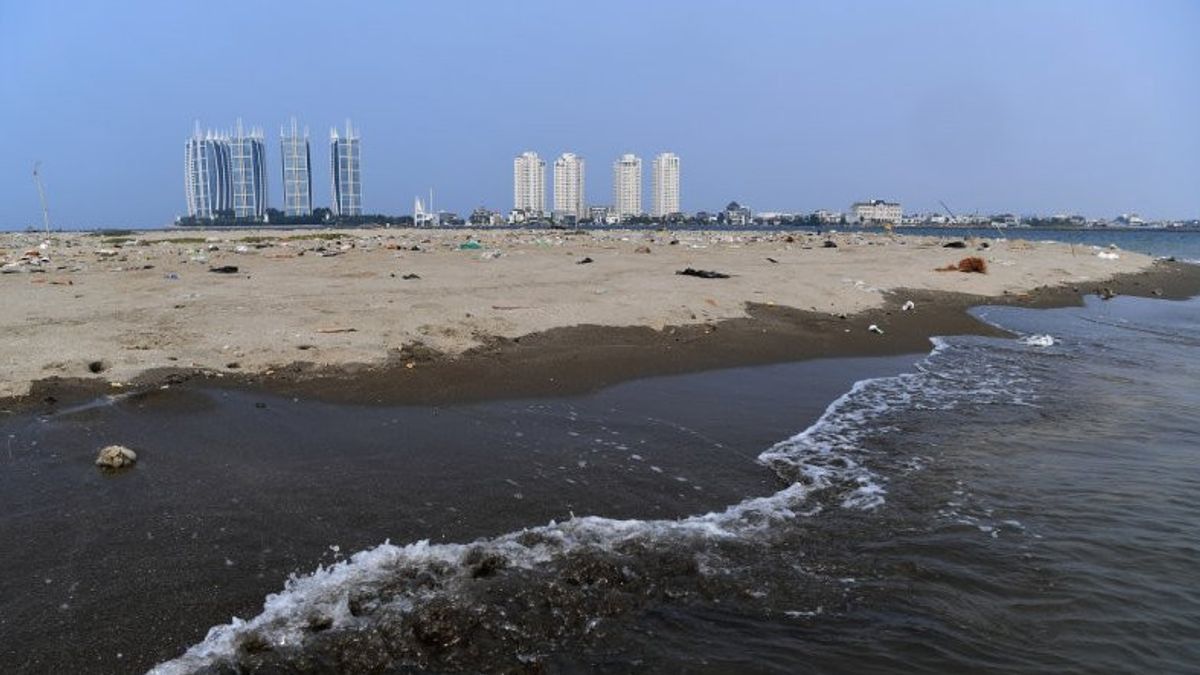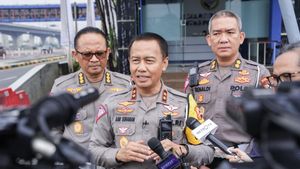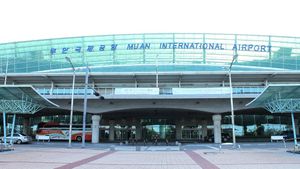YOGYAKARTA The question about what abrasion emerged after the land result of a reclamation called Pulau G carried out by the Governor of DKI Jakarta Anies Baswedan is said to have experienced abrasion.
Secretary of Commission D of the DKI Jakarta DPRD, Syarif, said that the existing land for Pulau G was originally 10 hectares, but currently only 1.7 hectares remained due to abrasion.
"The G island is planned for an area of 161 hectares, there are already embankments but they have not been filled with losses. Now the existing is only 10 hectares, in fact, now the waves are only 1.7 hectares," Syarif said as quoted by ANTARA, Saturday, September 24.
Apart from this, the public needs to know the meaning of abrasion to the impact, how to overcome, and examples of these natural phenomena in Indonesia.
Quoted from the kkp.go.id site, abrasion is a natural process in the form of soil acquisition in the coastal peak area caused by waves or ocean currents. Abration is also known as beach erosion.
Abrasion control is also contained in Law No. 24 of 2007. It explains that abrasion is a weathering process that occurs due to destructive ocean waves and currents. The cause of the emergence of the phenomenon is due to the disturbed balance of nature in the region.
The settlement then caused a reduction in coastal areas which are areas directly bordered by the sea.
Abrasion can be caused by various things. However, in general, it is divided into two, namely due to natural factors and human factors.
Natural factors are phenomena caused by cycles or organic matters caused by nature such as ups and downs of sea water during full moons, winds above oceans, sea waves or destructive ocean currents.
Abration caused by nature is unavoidable because it must occur. However, abrasion because nature can be anticipated in several ways, such as building embankments or planting mangroves on the coastline.
Meanwhile, the abrasion caused by humans is a phenomenon that occurs due to a series of behaviors that are carried out either accidentally or indirectly causing beaching.
Human behavior triggers abrasion such as exploitation of the sea, development around the coast that violates the rules, and so on, which then provokes big waves to erode the coast.
Global warming can also trigger coastal abrasion because it is related to changes in extreme weather in the sea and on land.
The impact of abrasion does not only hit the mainland but also the oceans directly. Some of the impacts are as follows.
As humans, there are many things that can be done to prevent and at the same time overcome abrasion so that it doesn't get worse, namely as follows.
One example of abrasion cases in Indonesia occurred in the Coastal Area of Penajam Paser Utara. The confiscation or erosion occurred due to waves and ocean currents (the tides receded by sea water) causing damage to the coastline.
The North Penajam Paser Regency Government, East Kalimantan even asked the Central Government for help in dealing with the incident.
Closed from VOI, the abrasion that occurred in the area caused the coastline with settlements to get closer. As an effort to handle it, the local Regency Government planted mangroves (mangroves).
Apart from what abrasion and example of the case, get other interesting information at VOI.ID.
The English, Chinese, Japanese, Arabic, and French versions are automatically generated by the AI. So there may still be inaccuracies in translating, please always see Indonesian as our main language. (system supported by DigitalSiber.id)













